Schools of Anthias are one of the most vibrant sights on a coral reef and are highly desired in the marine aquarium....
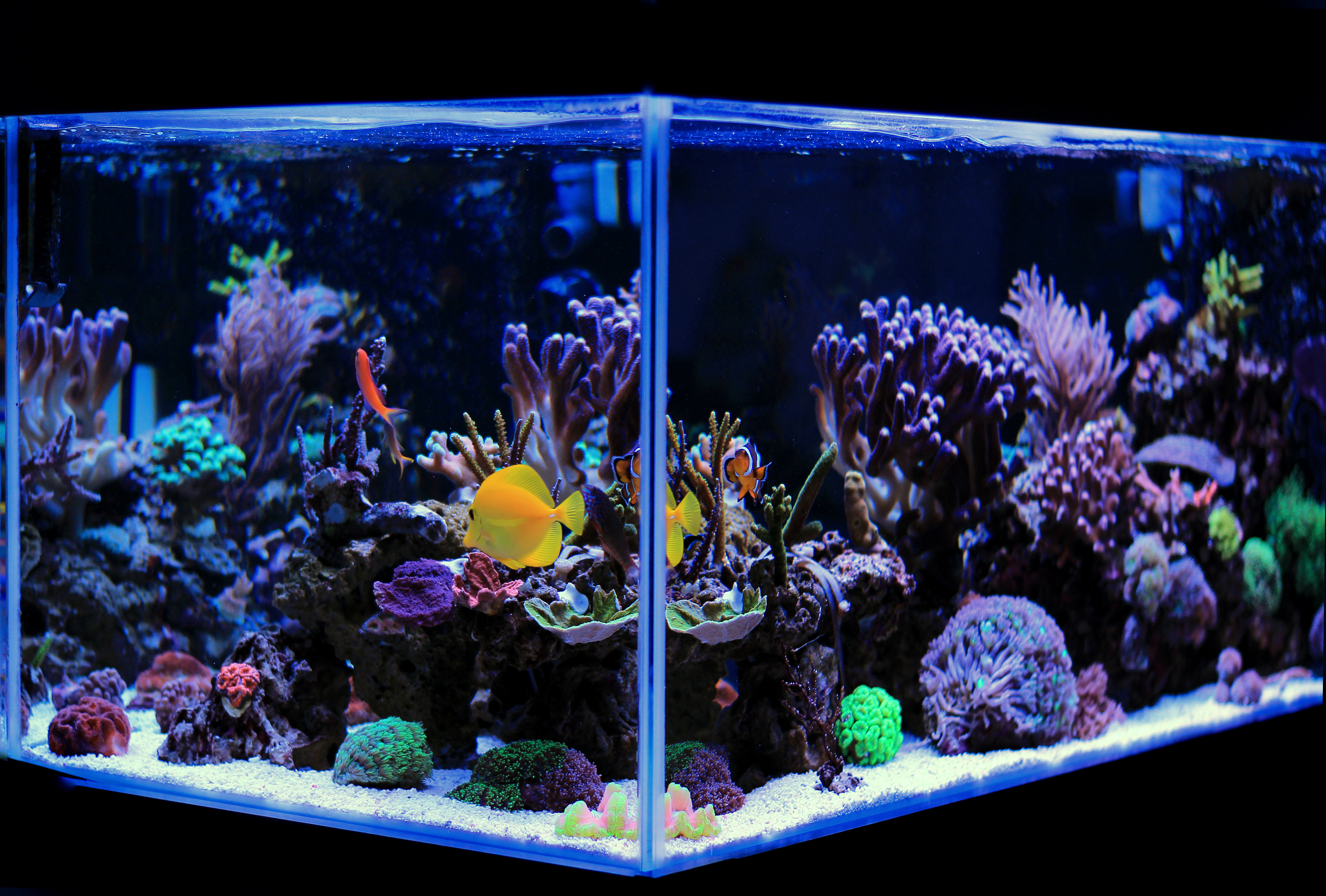
A Beginner's Guide to Setting Up Your First Aquarium
Welcome to the Aquatic Wonderland
Welcome to the world of aquarium keeping! Whether you're a nature enthusiast or looking for a soothing hobby, setting up your first aquarium can be an exciting journey. In this beginner's guide, we will walk you through the step-by-step process of creating a beginner-friendly aquarium.
First things first, let's talk equipment. From tanks to filters, heaters to lighting, we'll help you understand the essentials needed to create an optimal environment for your fishy friends. Once you have all the necessary equipment ready, it's time to dive into the process of cycling your tank. This crucial step ensures that harmful toxins are eliminated, creating a safe and healthy environment for your aquatic companions.
After cycling, it's time to stock your aquarium with fish! Our article will provide you with valuable tips on selecting fish species that are suitable for beginners, helping you avoid any potential challenges. With proper research and care, your aquarium will become a vibrant underwater world, captivating both you and your visitors.
So, get ready to embark on a fulfilling and captivating journey into the world of aquarium keeping. Let's dive in and set up your first aquarium with confidence and finesse!
Choosing the Right Aquarium Size and Location
When it comes to setting up your first aquarium, the size of the tank is a crucial factor to consider. The size of the aquarium will determine the number and types of fish you can comfortably accommodate, as well as the overall aesthetic and maintenance requirements.
As a general rule, it's recommended to start with a tank size of at least 10 gallons (37.8 liters) for a beginner. This size provides enough space for a small community of fish, while still being manageable in terms of maintenance and water changes. However, if you have the space and budget, a larger tank, such as 20 or 30 gallons (75.7 or 113.6 liters), can offer more flexibility in terms of stocking options and a more visually appealing setup.
When selecting the location for your aquarium, it's essential to choose a spot that is stable, level, and away from direct sunlight or heat sources. Placing your tank near a window may seem like a good idea, but it can lead to excessive algae growth and temperature fluctuations, which can be detrimental to your fish. Instead, opt for a spot that is out of direct sunlight and away from any heating or cooling vents.
Additionally, consider the weight of a full aquarium, which can be quite substantial. Make sure the surface you choose to place your tank on can safely support the weight, which can range from 10 to 30 pounds (4.5 to 13.6 kg) or more, depending on the size of the tank and the water volume.
Essential Equipment for Your Aquarium
Setting up an aquarium requires several essential pieces of equipment to ensure the health and well-being of your fish. Let's take a closer look at the key components you'll need to create a thriving underwater ecosystem.
-
Aquarium Tank: The tank itself is the foundation of your aquarium setup. As mentioned earlier, a 10-gallon (37.8-liter) tank is a great starting point for beginners, but you can choose a larger size if you have the space and budget.
-
Filtration System: A reliable filtration system is crucial for maintaining water quality and removing waste, debris, and toxins. There are several types of filters to choose from, including power filters, hang-on-back (HOB) filters, and canister filters. The size and type of filter you select will depend on the size of your aquarium.
-
Heater: Aquarium fish require a specific temperature range to thrive, and a reliable heater is essential for maintaining a consistent water temperature. Choose a heater that is appropriately sized for your tank's volume and features an adjustable thermostat.
-
Lighting: Proper lighting is necessary for the growth of aquarium plants and to create a visually appealing environment. LED lights are a popular choice as they are energy-efficient and come in a variety of color temperatures and intensity levels.
-
Substrate: The substrate, or the material that covers the bottom of your tank, plays a crucial role in the overall aesthetics and functionality of your aquarium. Common substrates include gravel, sand, and specialty aquarium substrates, each with its own benefits and considerations.
-
Decorations: Aquarium decorations, such as rocks, driftwood, and artificial plants, not only enhance the visual appeal of your tank but also provide hiding spots and enrichment for your fish. Choose decorations that are safe for aquarium use and complement the overall design of your setup.
-
Water Test Kit: A reliable water test kit is essential for monitoring the water quality in your aquarium. This kit will allow you to test for parameters like pH, ammonia, nitrites, and nitrates, helping you maintain a healthy environment for your fish.
By investing in these essential pieces of equipment, you'll be well on your way to creating a thriving and visually stunning aquarium for your new underwater companions.
Understanding the Nitrogen Cycle and Why It's Important
One of the most crucial aspects of setting up a successful aquarium is understanding the nitrogen cycle and its importance in maintaining a healthy and balanced ecosystem. The nitrogen cycle is a natural process that occurs in aquariums, where beneficial bacteria convert harmful waste products into less toxic compounds.
When fish and other aquatic organisms in your tank produce waste, it breaks down into ammonia, a highly toxic substance that can be detrimental to the health of your fish. Without a properly functioning nitrogen cycle, the ammonia levels in your aquarium would continue to rise, putting your fish at risk of illness or even death.
The nitrogen cycle involves three main stages:
-
Ammonia Conversion: The first stage of the nitrogen cycle is the conversion of ammonia into nitrite by beneficial bacteria, such as Nitrosomonas. These bacteria use the ammonia as a food source and convert it into nitrite, which is still toxic to fish.
-
Nitrite Conversion: In the second stage, another type of beneficial bacteria, known as Nitrobacter, convert the nitrite into nitrate. Nitrate is much less toxic to fish than ammonia or nitrite, making it a safer byproduct.
-
Nitrate Removal: The final stage of the nitrogen cycle is the removal of nitrate from the aquarium. Aquarium plants and regular water changes help to keep nitrate levels in check and maintain a healthy environment for your fish.
-
Establishing a fully cycled aquarium can take several weeks, as the beneficial bacteria colonies need time to develop and mature. During this cycling process, it's essential to closely monitor the water parameters and avoid adding fish until the cycle is complete.
By understanding the nitrogen cycle and its importance, you can ensure that your aquarium provides a safe and stable environment for your fish to thrive. Regular water testing and maintenance will help you keep the nitrogen cycle in balance, promoting the long-term health and well-being of your aquatic inhabitants.
How to Cycle Your Aquarium
Cycling your aquarium is a crucial step in setting up a healthy and stable environment for your fish. The cycling process allows beneficial bacteria to establish themselves in your tank, effectively breaking down harmful waste products and maintaining water quality.
There are several methods you can use to cycle your aquarium, but the most common and reliable approach is the "fishless cycle." This method involves adding a source of ammonia, such as pure ammonia or fish food, to the tank and allowing the nitrogen cycle to establish itself without the presence of live fish.
Here's a step-by-step guide to cycling your aquarium using the fishless cycle method:
-
Set up your aquarium: Ensure that all the necessary equipment, such as the filter, heater, and lighting, is installed and functioning properly.
-
Add the ammonia source: Introduce a source of ammonia, such as pure household ammonia or a small amount of fish food, to the tank. The goal is to maintain a consistent ammonia reading of around 2-4 parts per million (ppm).
-
Monitor the water parameters: Regularly test the water for ammonia, nitrite, and nitrate levels. As the cycling process progresses, you should see the ammonia and nitrite levels rise, followed by a decrease in ammonia and an increase in nitrate.
-
Wait for the cycle to complete: The cycling process can take 4-6 weeks, or even longer, depending on the size of your aquarium and the method used. Be patient and continue to monitor the water parameters during this time.
-
Perform water changes: As the nitrate levels rise, perform partial water changes to keep them in a safe range, typically below 20 ppm.
-
Introduce the first fish: Once the ammonia and nitrite levels have dropped to 0 ppm and the nitrate level is below 20 ppm, your aquarium is considered cycled, and you can begin introducing your first fish. Start with a small number of hardy, beginner-friendly fish species.
Cycling your aquarium can be a time-consuming process, but it's essential for establishing a stable and healthy environment for your fish. By following this step-by-step guide, you'll ensure that your aquarium is ready to support a vibrant and thriving underwater ecosystem.
Selecting the Appropriate Substrate and Decorations
The substrate and decorations you choose for your aquarium play a crucial role in the overall aesthetics, functionality, and well-being of your aquatic inhabitants. These elements not only contribute to the visual appeal of your setup but also provide important benefits for the health and behavior of your fish.
Substrate Selection:
When it comes to substrate, there are several options to choose from, each with its own advantages. Gravel is a popular choice for beginner aquarists, as it is easy to maintain and provides a natural-looking foundation for your tank. Alternatively, sand can create a more natural and smooth appearance, but it requires more careful maintenance to prevent compaction and anaerobic pockets.
Another option is to use a specialized aquarium substrate, such as those designed for planted tanks or specific fish species. These substrates often contain nutrients or beneficial bacteria that can enhance plant growth or provide a more suitable environment for your fish.
Regardless of the substrate you choose, it's essential to ensure that it is safe for aquarium use and free from any contaminants that could harm your fish. Additionally, consider the depth of the substrate, as it can affect the overall appearance and functionality of your aquarium.
Decorations and Enrichment:
Aquarium decorations not only enhance the visual appeal of your tank but also provide important enrichment and hiding spots for your fish. When selecting decorations, choose items that are specifically designed for aquarium use and are safe for your fish.
Common decorations include rocks, driftwood, and artificial plants. These elements can create a natural, underwater landscape and offer your fish the opportunity to explore, hide, and exhibit their natural behaviors.
If you plan to keep live plants in your aquarium, be sure to choose species that are compatible with your lighting, water parameters, and fish species. Live plants not only add to the natural beauty of your tank but also help to maintain water quality by absorbing excess nutrients.
Remember to arrange your decorations in a way that provides a balanced and visually appealing layout, while also considering the needs and swimming space requirements of your fish. By carefully selecting and arranging your substrate and decorations, you can create a thriving and captivating underwater environment for your aquatic friends.
Choosing the Right Fish for Your Beginner-Friendly Aquarium
One of the most exciting aspects of setting up your first aquarium is selecting the fish that will call it home. However, it's essential to choose species that are well-suited for beginner aquarists, as they can be more forgiving and easier to care for.
When choosing fish for your beginner-friendly aquarium, consider the following factors:
-
Tank Size: The size of your aquarium will determine the maximum number and size of fish you can comfortably accommodate. Smaller tanks are better suited for schools of small, peaceful fish, while larger tanks can support a wider variety of species. <span class="EOP SCXW250485808 BCX8" style="margin:0px;padding:0px;font-

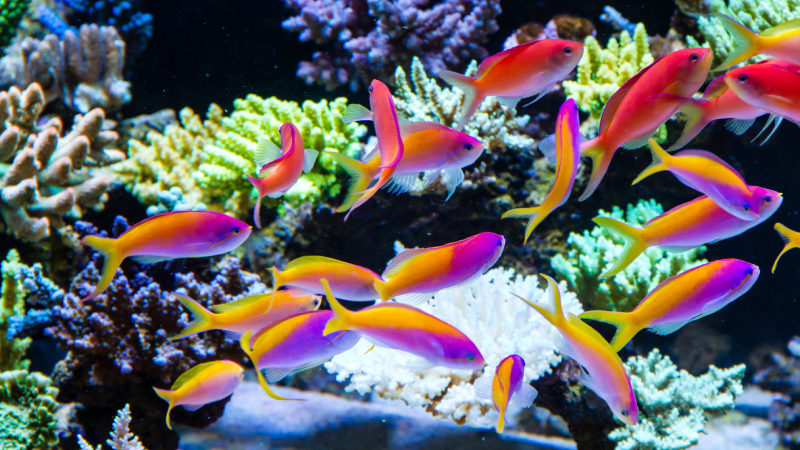
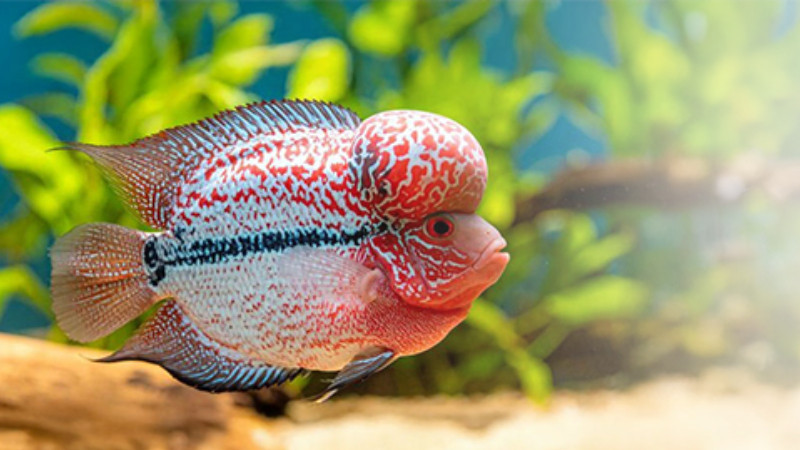
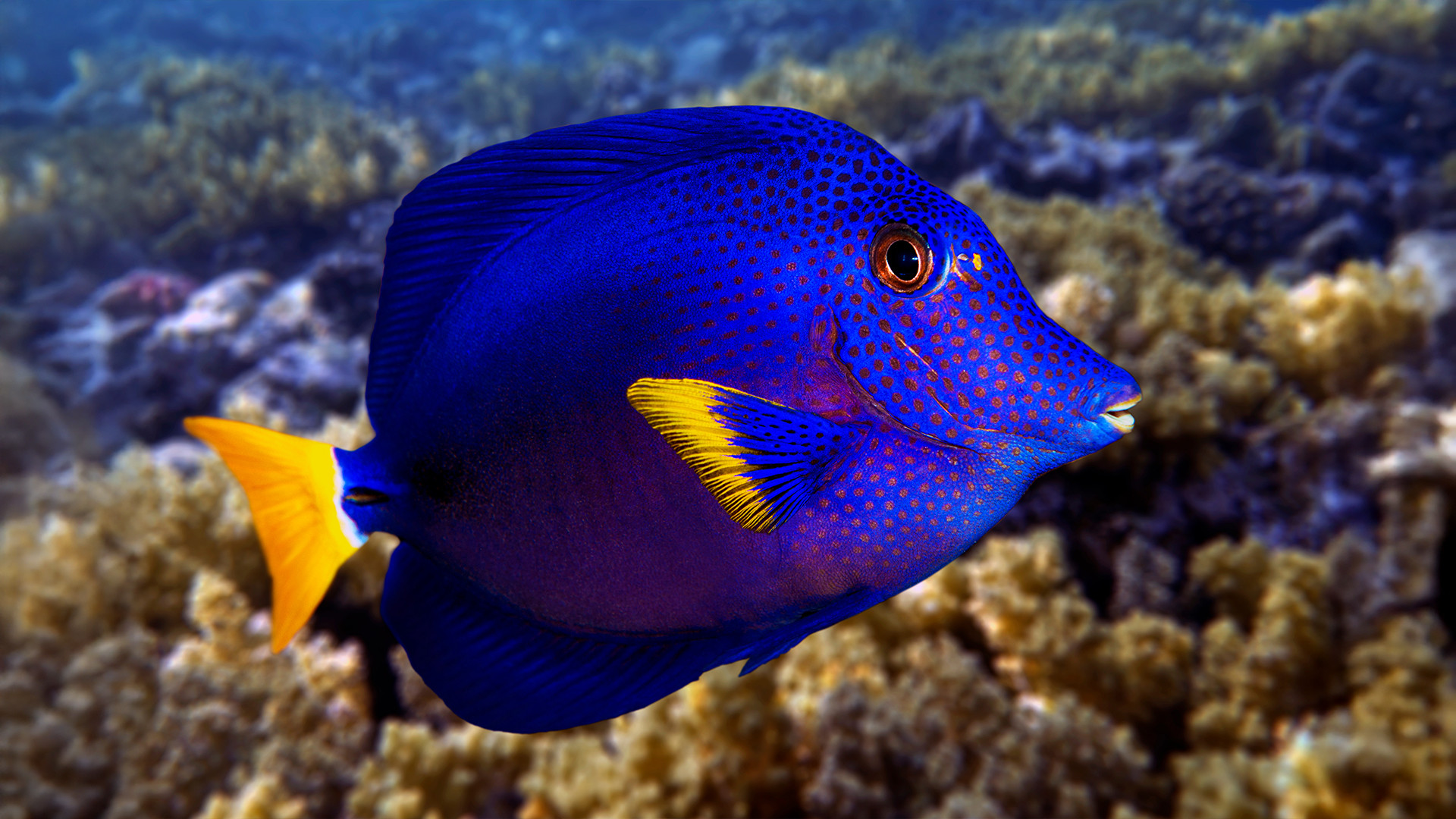

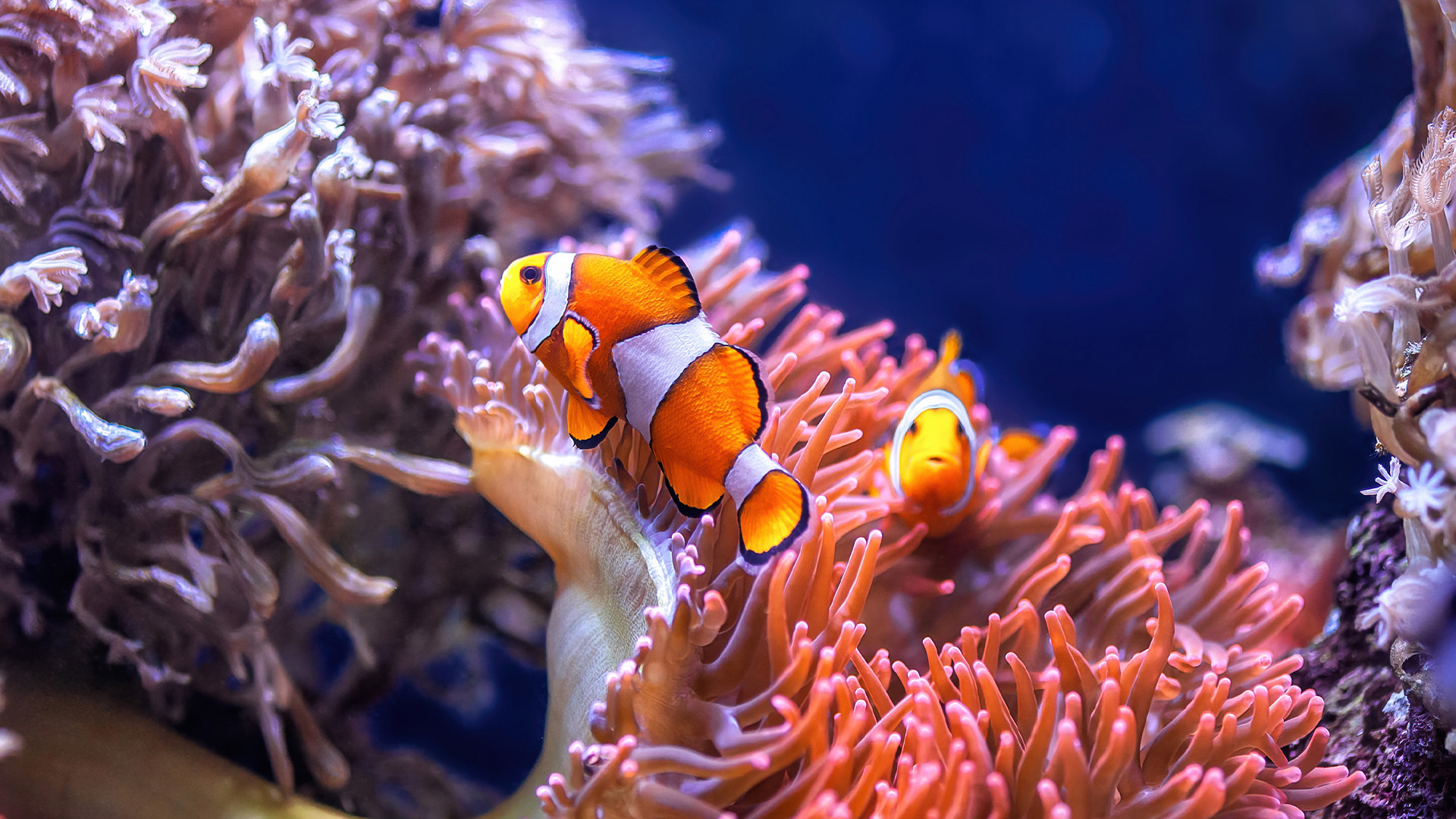
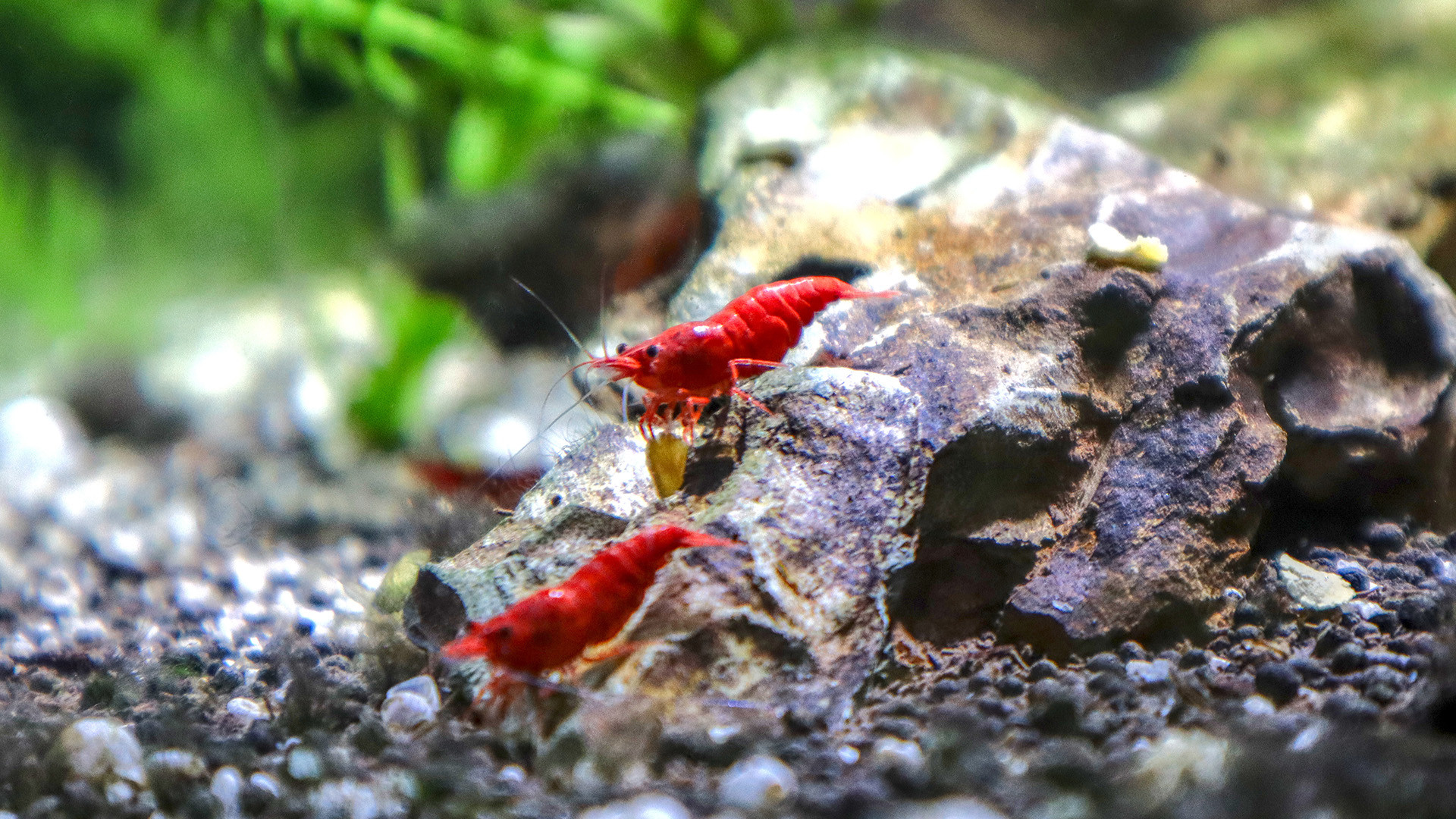
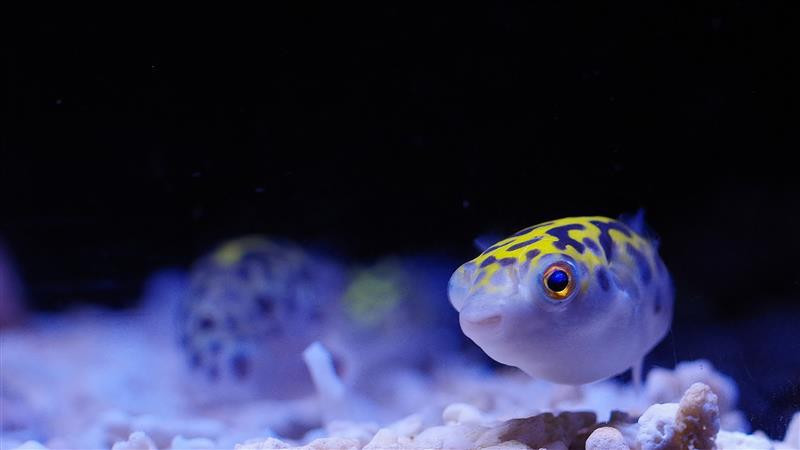
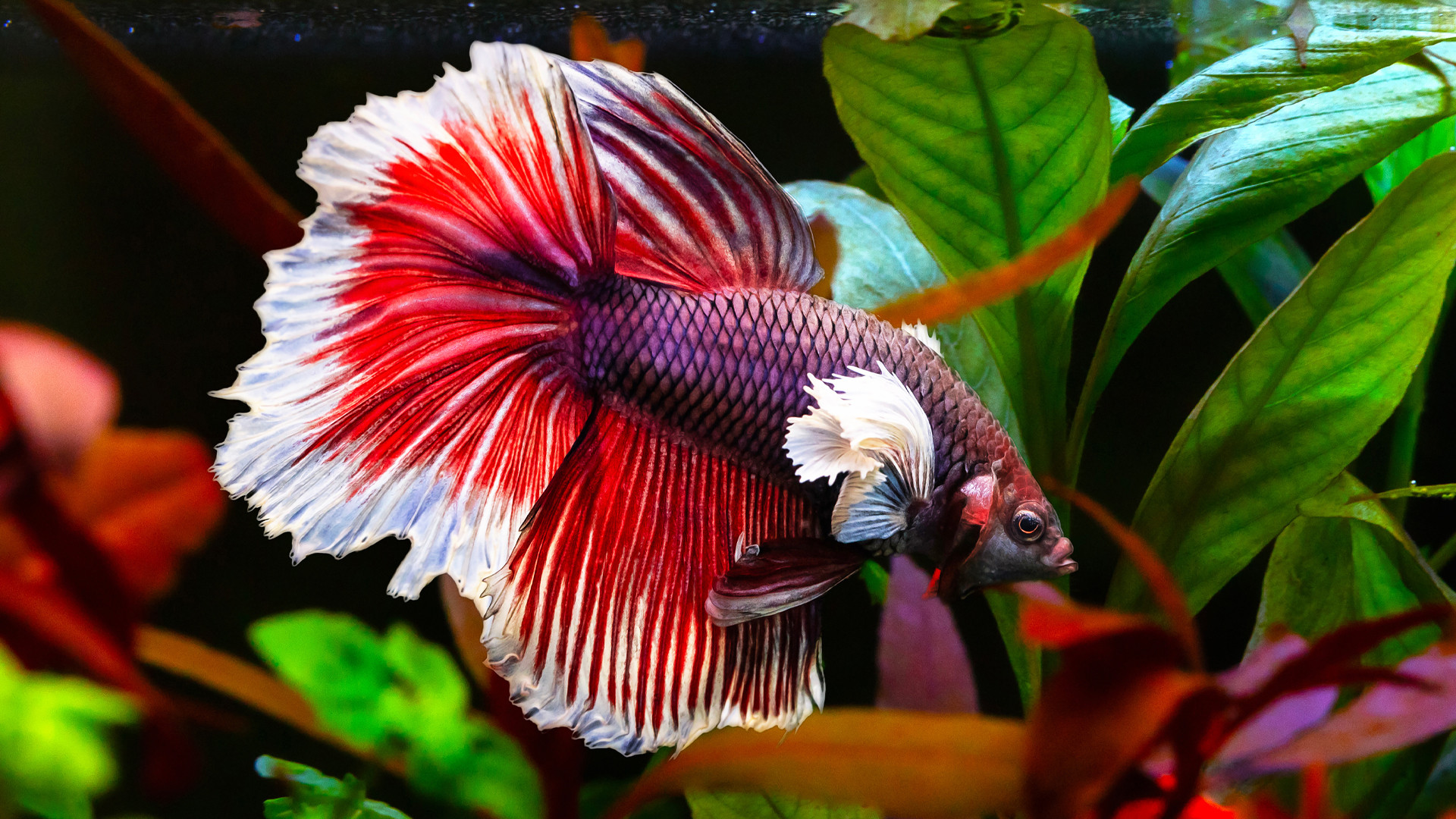
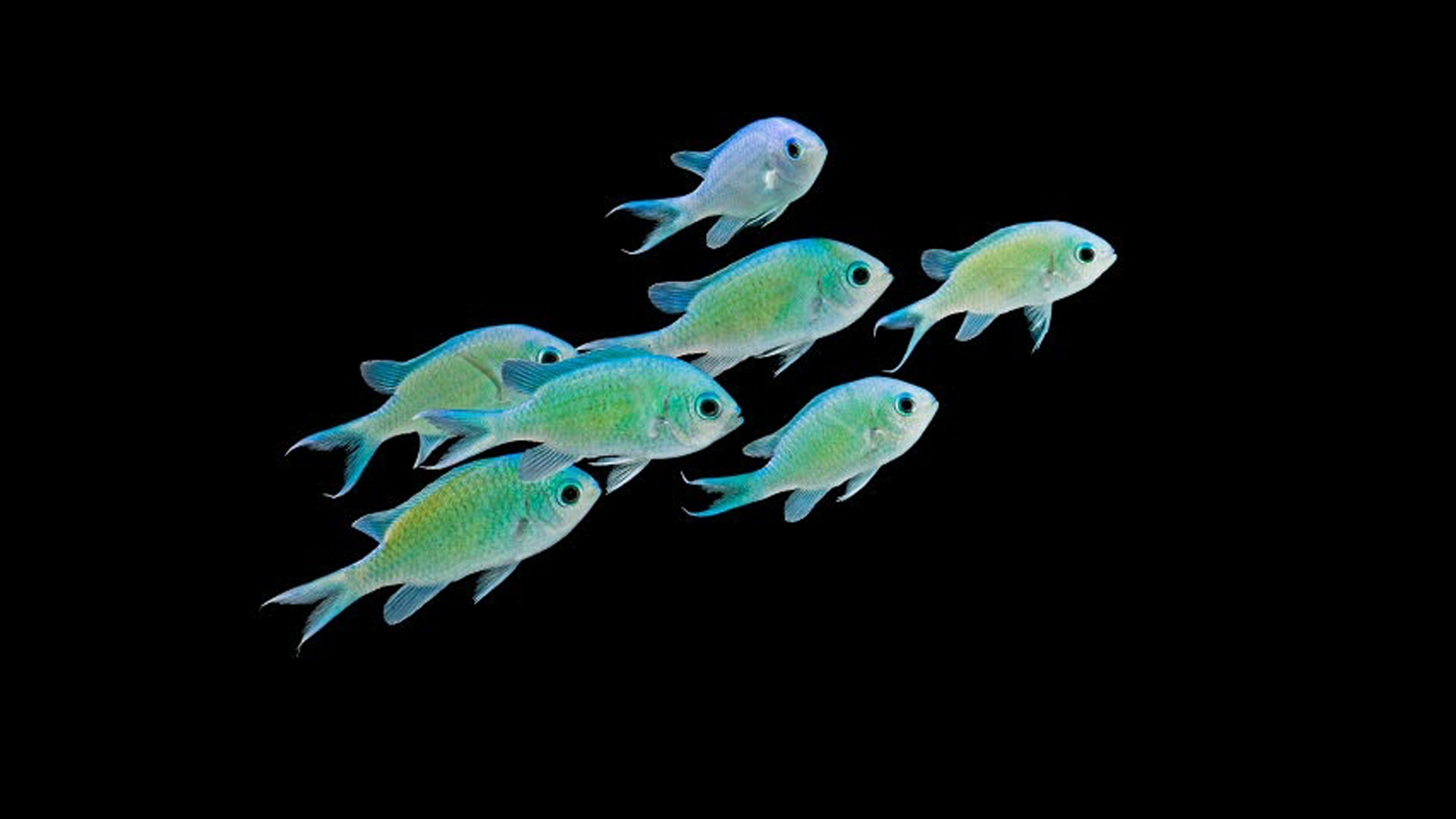
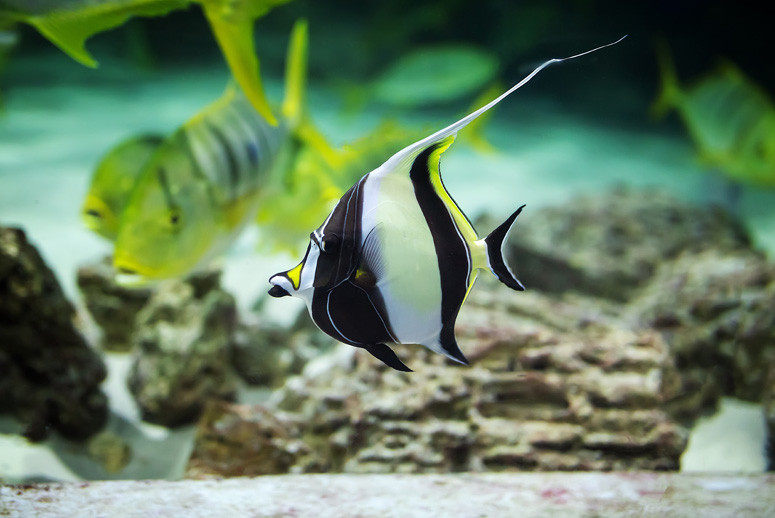
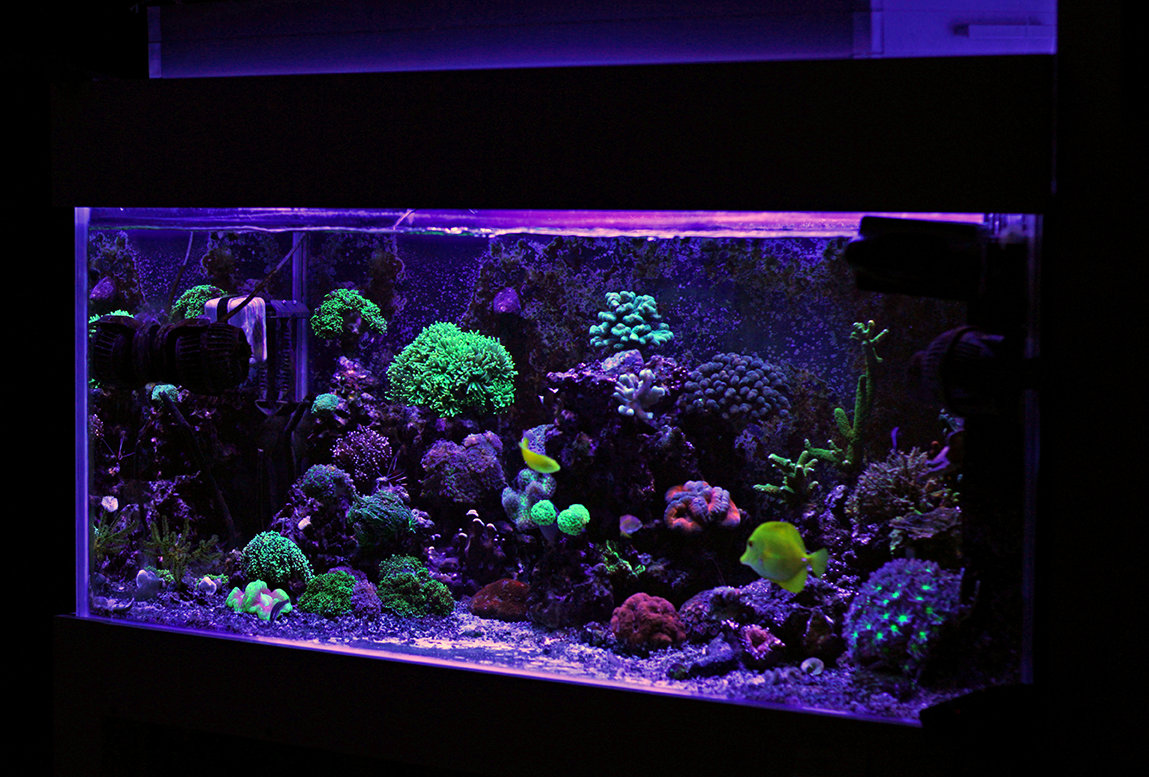
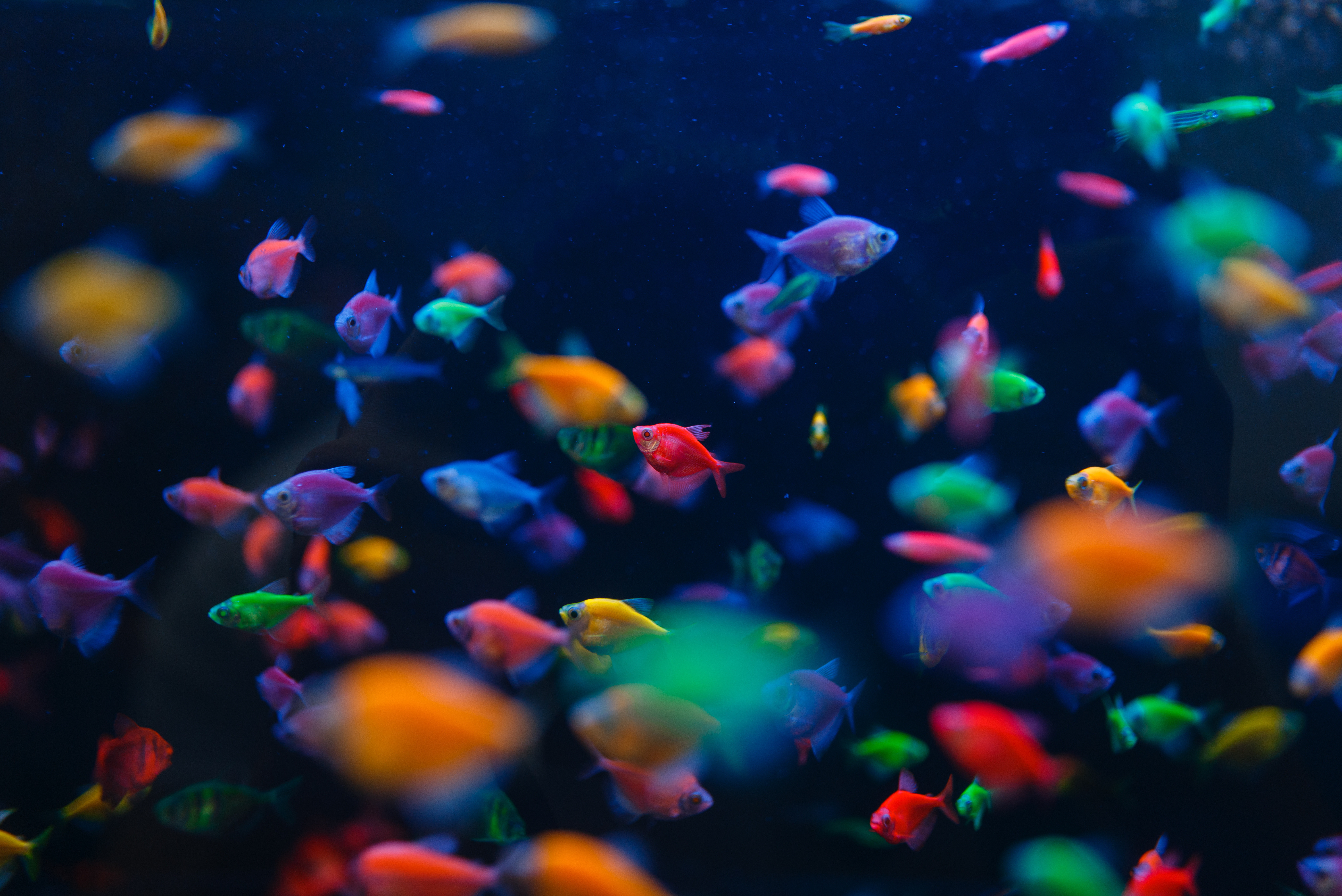
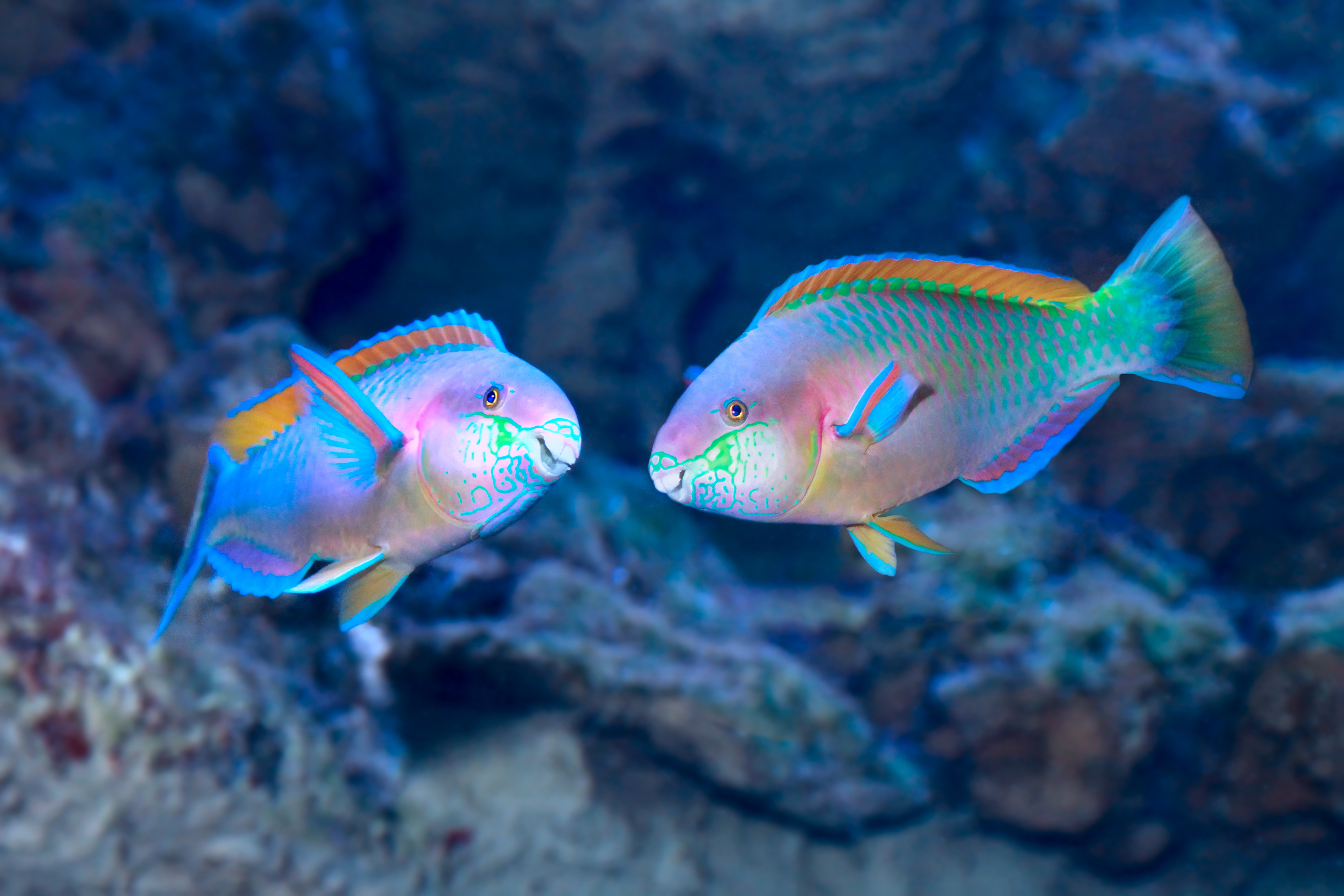
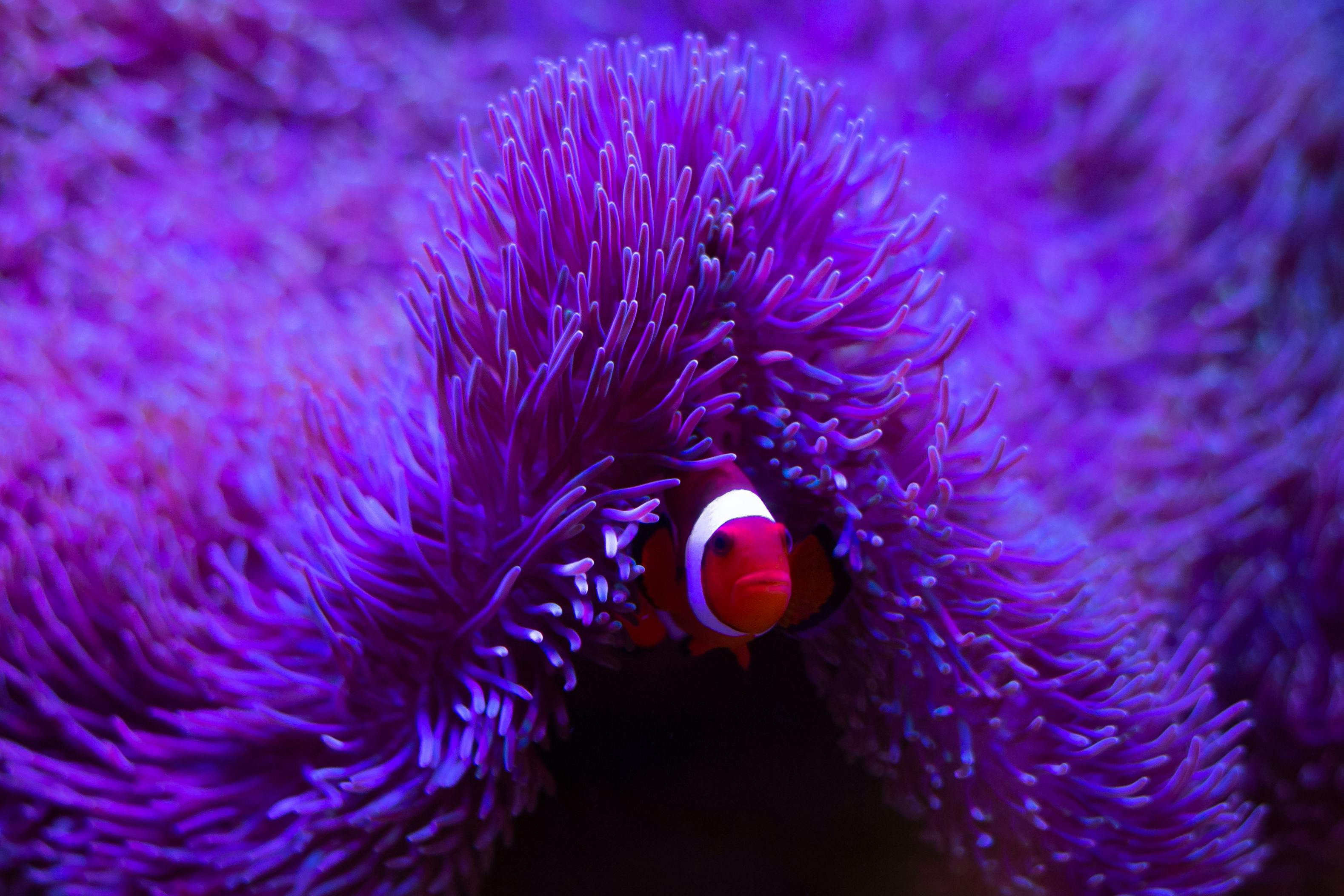
Leave a comment